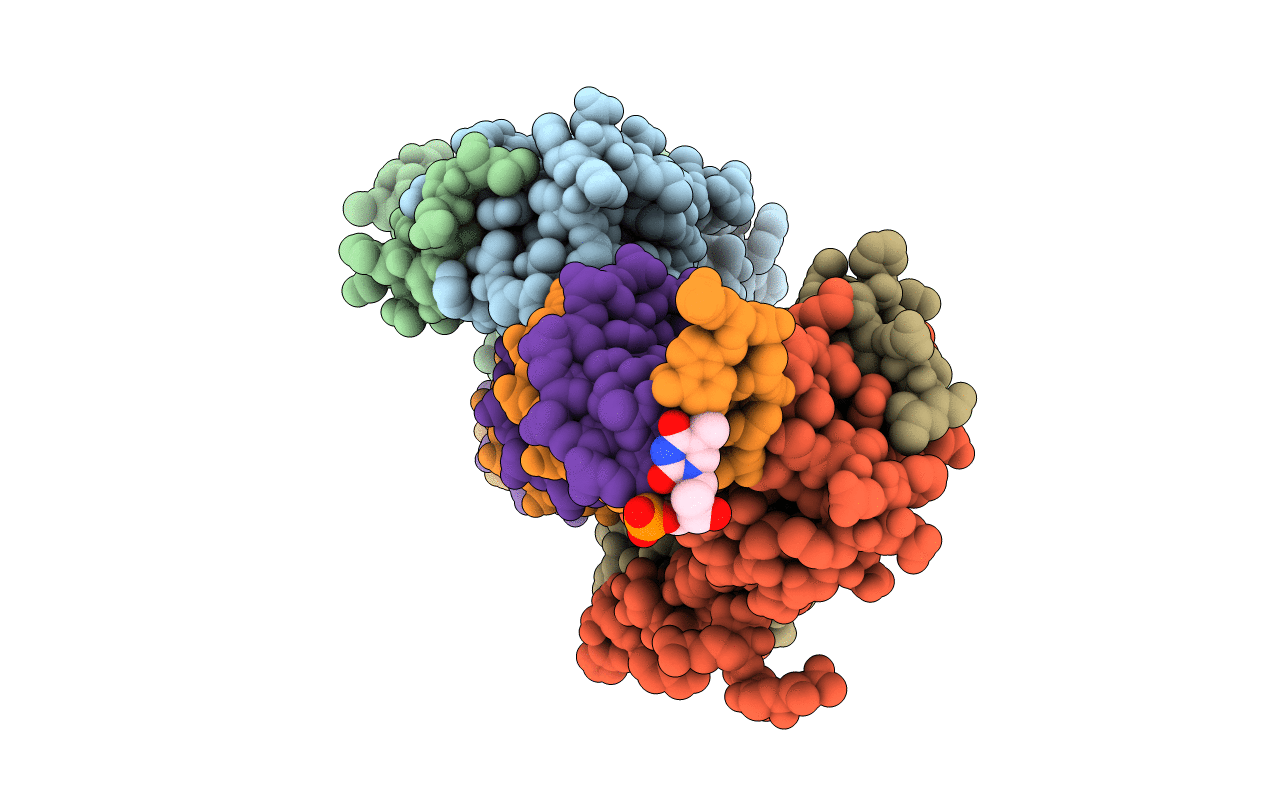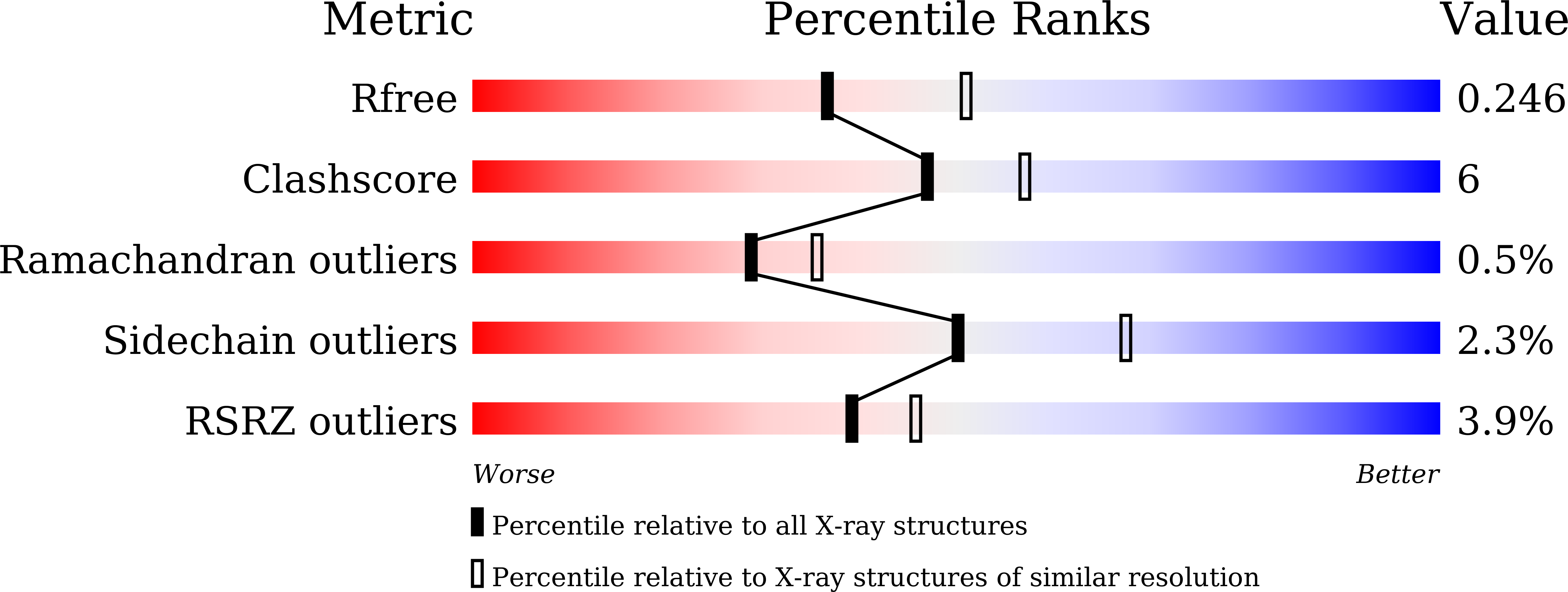
Deposition Date
2020-08-17
Release Date
2021-01-13
Last Version Date
2024-05-29
Entry Detail
PDB ID:
7CSY
Keywords:
Title:
Pseudomonas aeruginosa antitoxin HigA with higBA promoter
Biological Source:
Source Organism:
Pseudomonas aeruginosa PAO1 (Taxon ID: 208964)
Pseudomonas aeruginosa UCBPP-PA14 (Taxon ID: 208963)
Pseudomonas aeruginosa UCBPP-PA14 (Taxon ID: 208963)
Host Organism:
Method Details:
Experimental Method:
Resolution:
2.29 Å
R-Value Free:
0.24
R-Value Work:
0.20
R-Value Observed:
0.21
Space Group:
C 1 2 1


